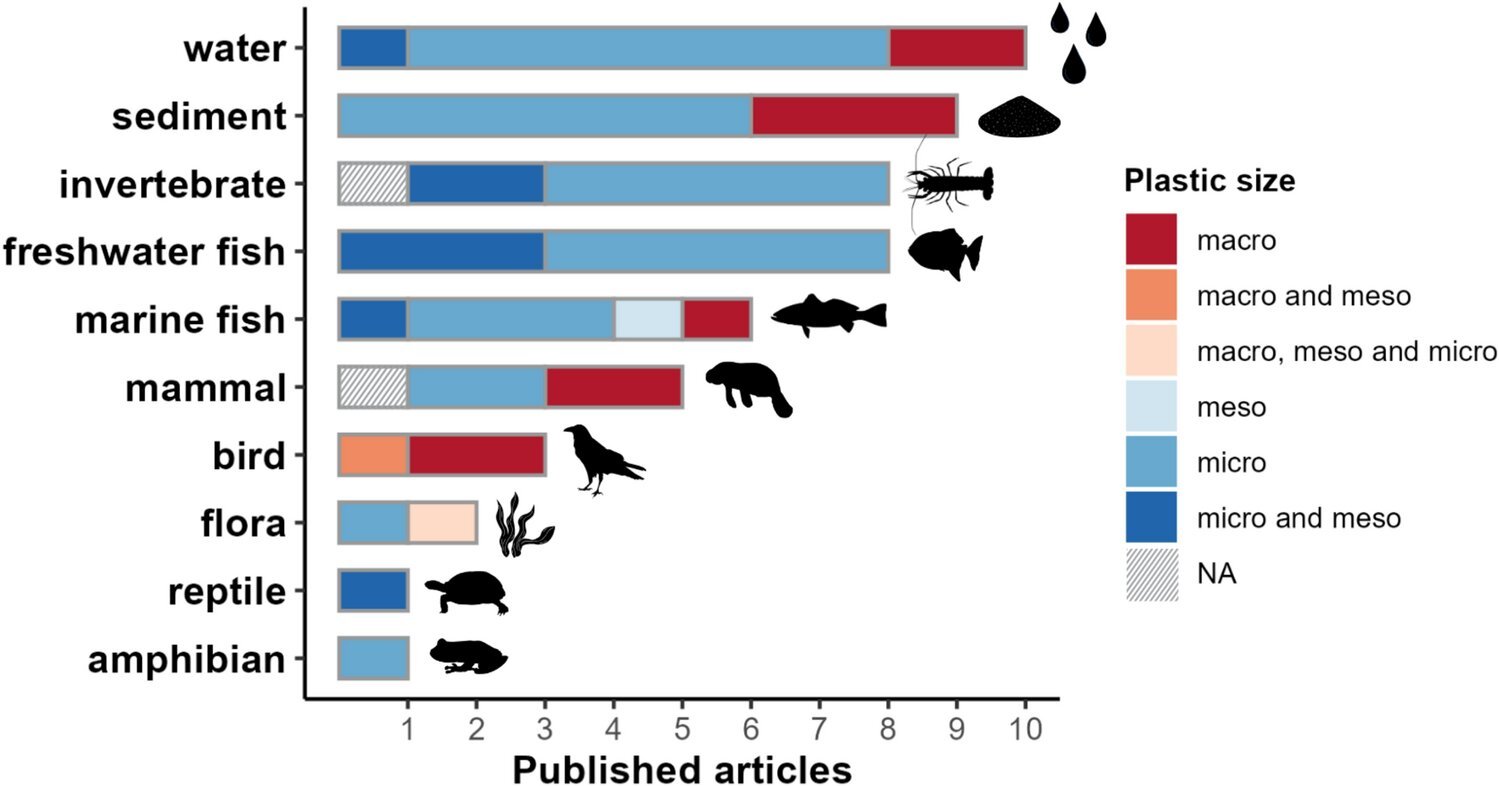
Plastic Pollution in the Amazon: A Growing Threat to People and the Planet
Plastic may be one of the most useful inventions of modern times, but its careless disposal has created one of the world’s most pressing environmental crises. From oceans to inland waterways, plastic pollution affects ecosystems, wildlife, and even human health. Now, for the first time, scientists have conducted a large-scale review of plastic contamination in the Amazon Basin—and the results are deeply concerning.
What the Study Reveals
Published in the journal Ambio, the review analyzed 52 peer-reviewed studies conducted since 2000 on plastic in the Amazon. The findings highlight that plastic pollution is widespread across the basin, contaminating rivers, sediments, plants, and wildlife.
Key points from the study include:
-
Over 90% of the research was concentrated in Brazil, mainly along the Amazon River channel.
-
The most commonly reported pollutant was microplastics smaller than five millimeters.
-
Nanoplastics, which may pose even greater health risks, have not yet been studied.
Widespread Environmental Impact
Plastic fragments were discovered not only in water and sediments but also in birds, fish, and mammals that rely on these ecosystems. The contamination is not isolated—it stretches across the basin, showing that no part of the Amazon is immune.
Risks to Human Health
Perhaps most alarming is the effect on local communities. Around two-thirds of the fish and animals containing plastic are regular food sources for people living in the region. This means that residents face a high risk of ingesting plastic fragments through their diets. Contaminated drinking water, often drawn directly from rivers without treatment, adds another layer of risk.
Although the direct effects of microplastics on human health remain uncertain, the scale of exposure raises urgent concerns. Scientists emphasize that nanoplastics, which can enter human tissues more easily, need immediate investigation.
A Call for Action
The review makes one point clear: action cannot wait. The researchers urge immediate policy measures to prevent more plastic from entering the Amazon’s ecosystems. They also stress the need for further research, particularly into:
-
Plastic contamination in lesser-studied tributaries.
-
The impact of nanoplastics.
-
Contamination in muscle tissue and drinking water.
Why It Matters
The Amazon Basin is not just the world’s largest tropical rainforest—it’s a vital life-support system for our planet. The presence of plastic pollution in its waters is a stark reminder that environmental challenges are interconnected. Protecting the Amazon means protecting biodiversity, climate stability, and human health.
Now more than ever, we must push for stronger policies, expanded research, and responsible waste management practices to safeguard the Amazon and its people.
